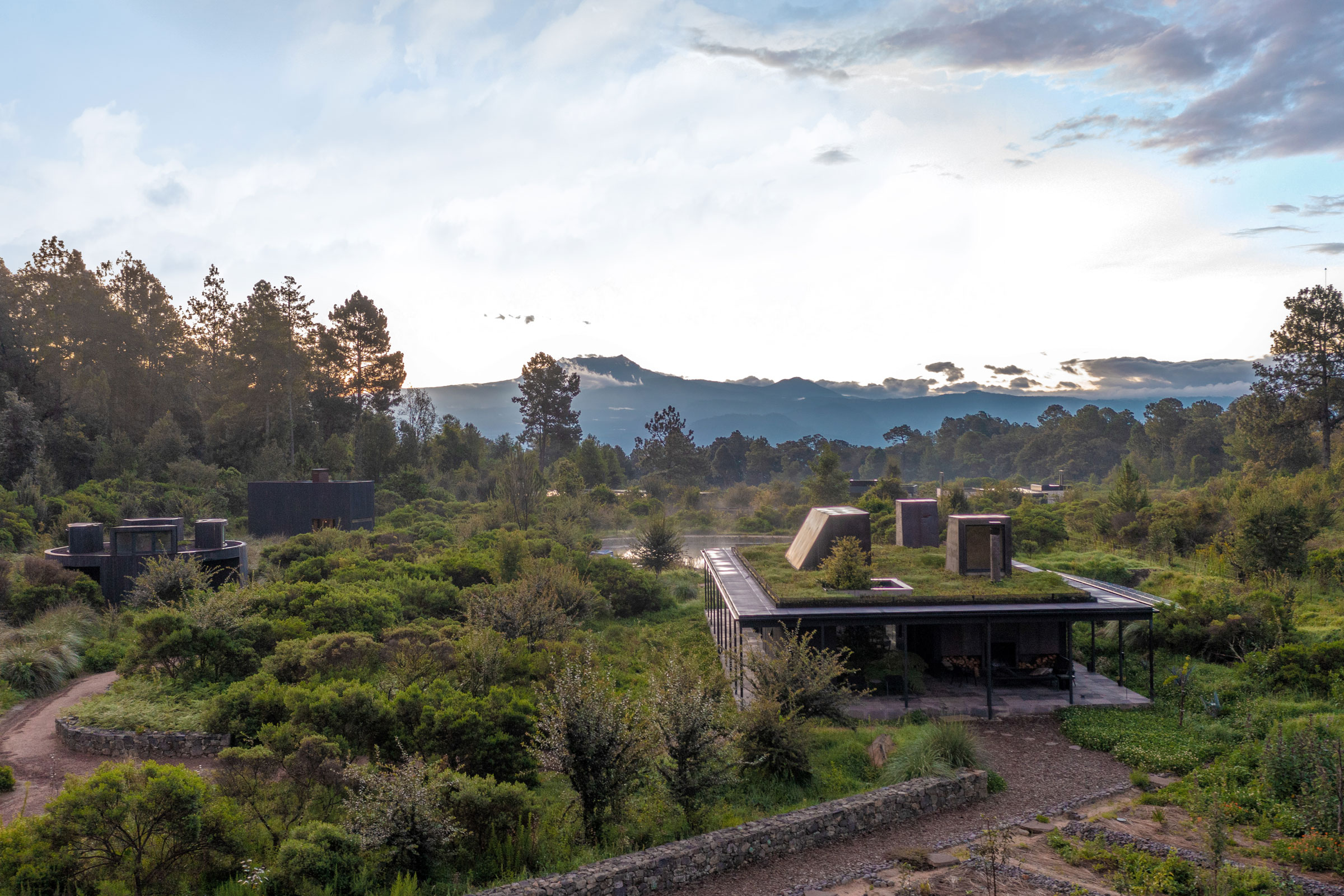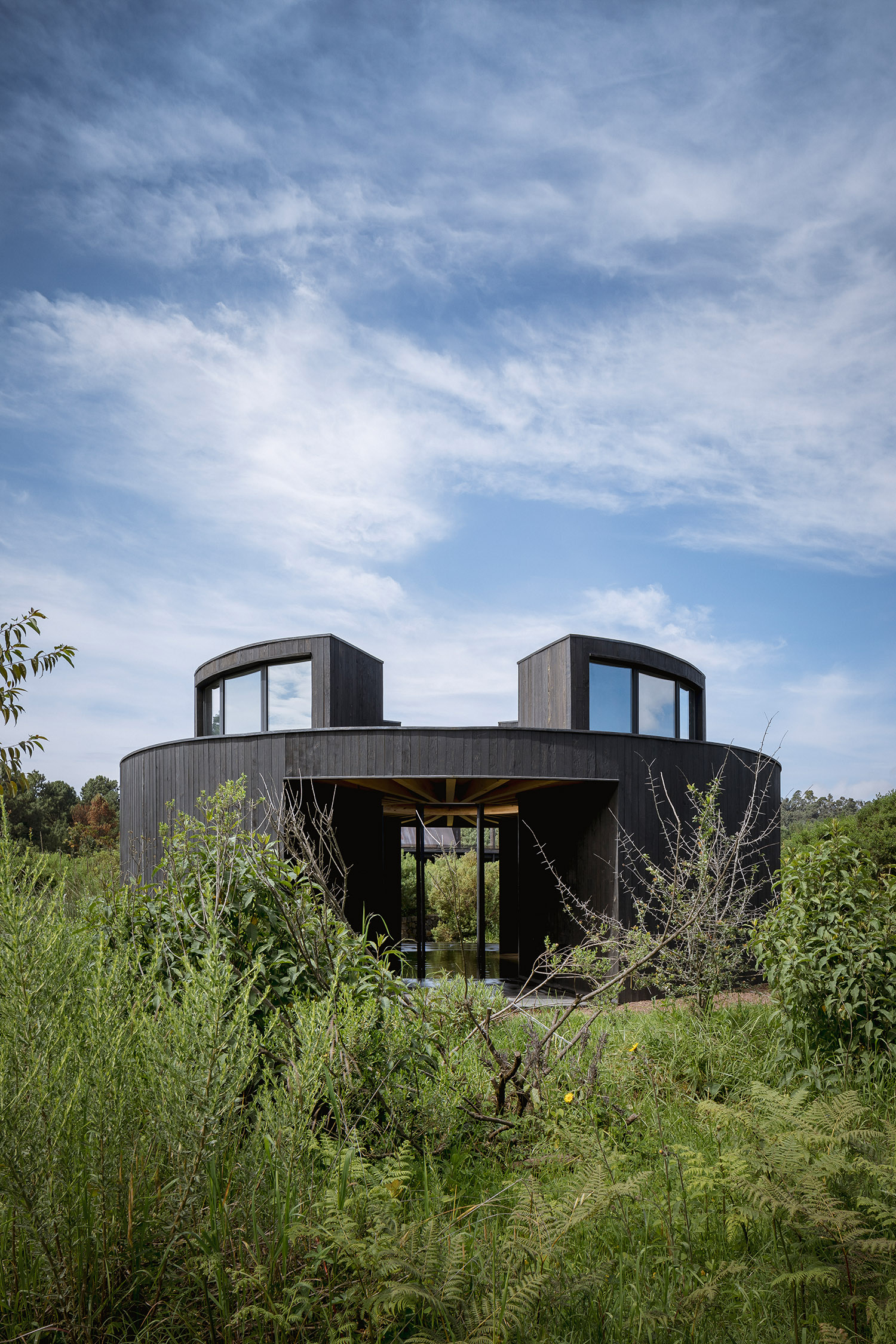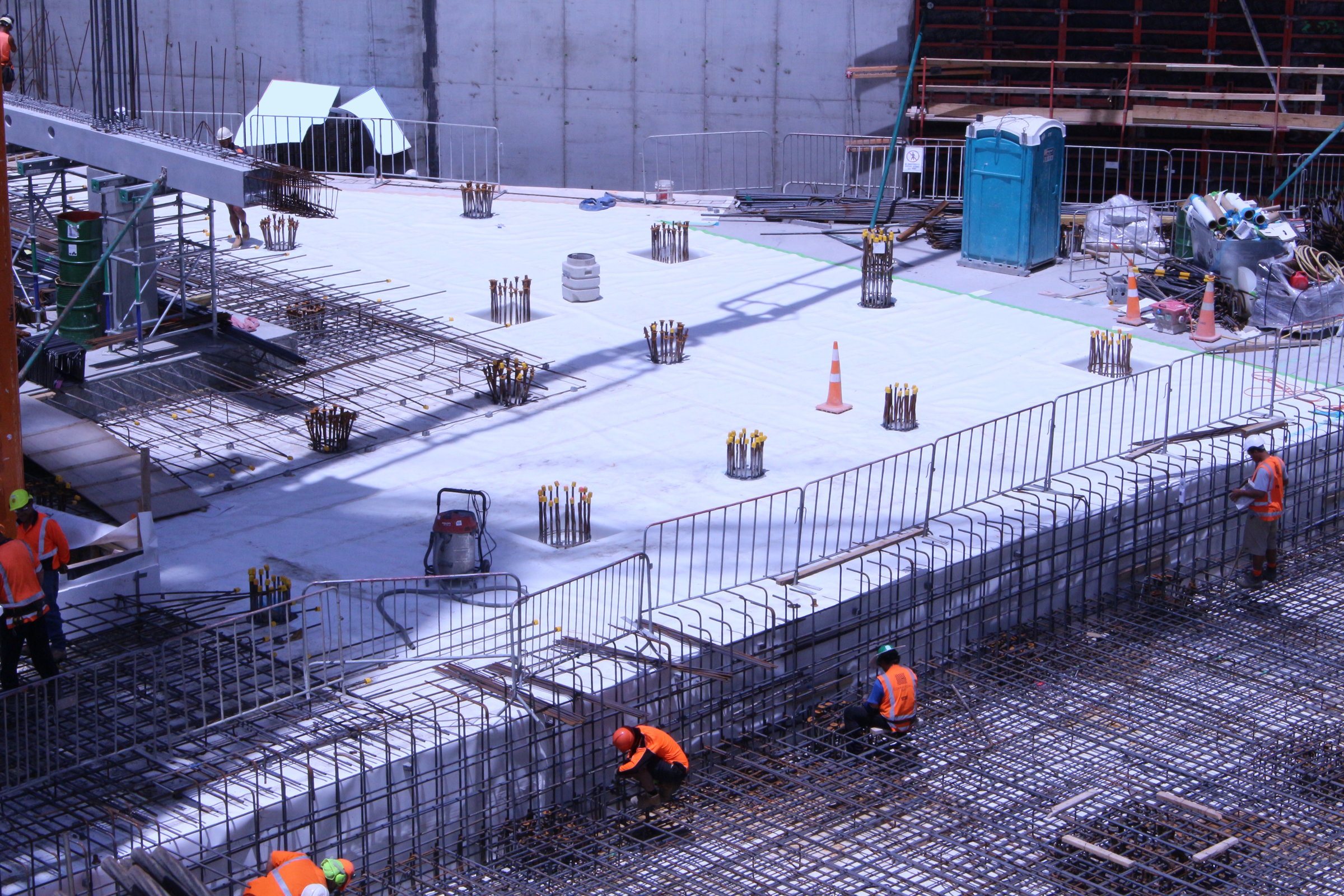Story at a glance:
- Robert Hutchison balances conceptual projects with client work as an exercise in artistic exploration.
- RHA’s Rain Harvest Home encapsulates the firm’s commitment to sustainability through doing less.
Architecture is both an art form and a trade, and its practitioners are constantly seeking the ideal balance between their conceptual vision and the realities of budgets, material limitations, and zoning regulations.
Few architects have the opportunity to free themselves from the constraints of client-based work. Yet the pursuit of this freedom was one of the driving forces behind Robert Hutchison’s decision to found his own practice, Robert Hutchison Architecture (RHA). “I’ve always been interested in pursuing more of what I call the boundaries of architecture, independent from our client-based work,” Hutchison says.
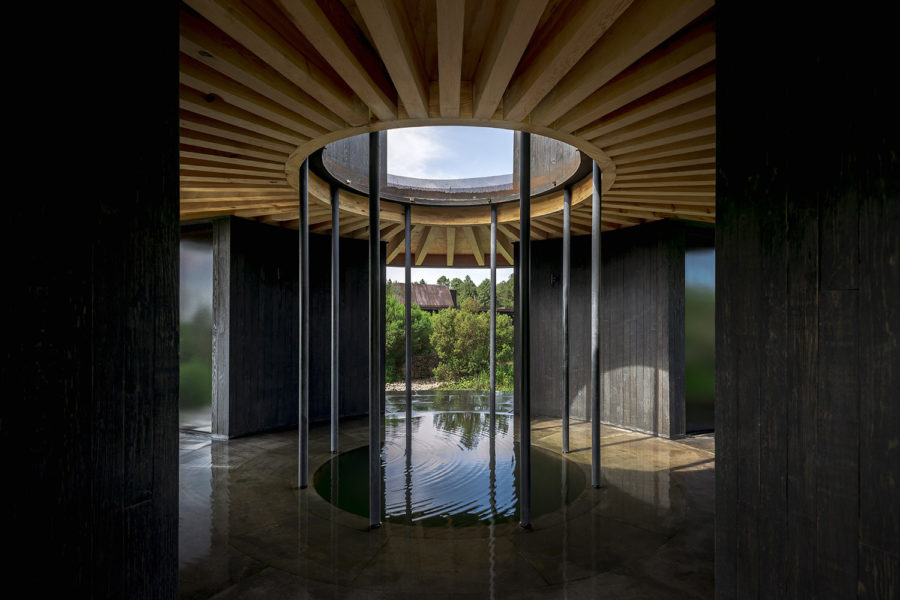
The Rain Harvest Home project two hours west of Mexico City aims to establish a holistic, integrated relationship between people and place. Photo by Cesar Bejar
He and his Seattle-based team still spend the majority of their time on a diverse array of client projects, including an impressive roster of custom homes that seem to disappear into the beauty of their natural surroundings.
But the independence that comes from being one’s own boss provides Hutchison—who also teaches at the University of Washington—with the opportunity to pursue conceptual projects and research initiatives without the need to commercialize them. “Our work is all about letting those things bounce off of each other, letting the client-based work feed a direction in the research or conceptual base, but also letting those conceptual projects influence the built work,” he says.
Balancing the Conceptual with the Temporal
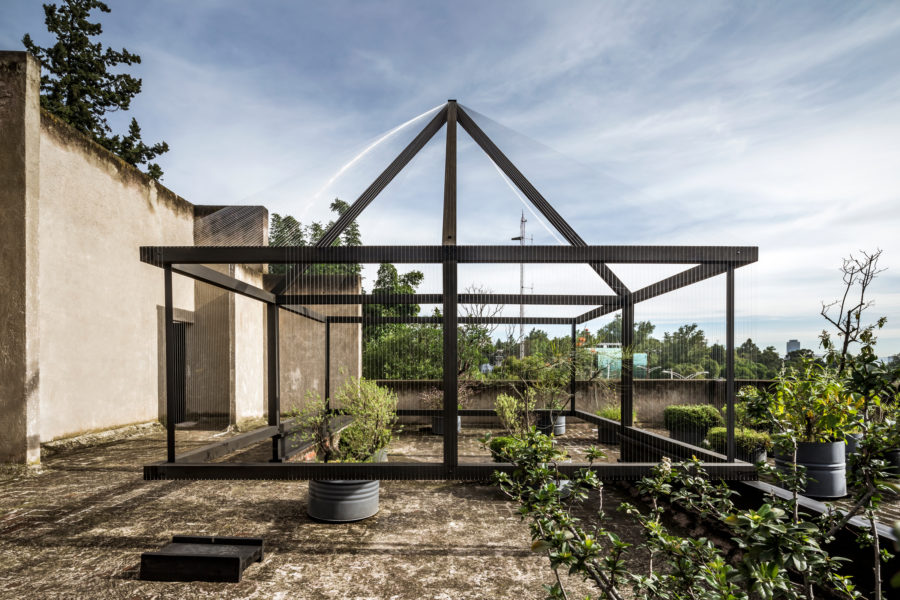
This installation designed by RHA on the rooftop of architect Luis Barragán’s studio is a half-scale version of an unbuilt memorial chapel originally designed for a rural site in Maryland. Photo by Cesar Bejar
After helping to lead the joint practice Hutchison & Maul Architecture from 2001 to 2013, Hutchison developed RHA into a small firm that focuses on single family residential, art studios, cabins, and smaller retail formats. This work is complemented by more peripheral works that include architectural installations, conceptual work, research, and related exhibitions.
“We’re very comfortable in this place we call the ‘triggering town,’ to paraphrase the concise book on writing by Richard Hugo,” he says. “This is really about exploring something simply because we’re interested in it, and we’ve learned that this exploration will always trigger new possibilities and investigations.”
This allows RHA to play with broader architectural themes without being bound by client budgets. One of the most important of these conceptual projects is Memory Houses—a five-year endeavor that has resulted in two installations, two exhibits, a published book, and a series of incredible models and sculptures.
“Memory Houses began when I realized my father was losing his memory and wanting to process what that meant,” Hutchison says. “It investigates mortality and memory through the lens of architecture and encapsulates distant as well as more recent architectural memories that weave together a spatial narrative about loss and recollection.”

Outside the Rain Harvest Home. Photo by Jaime Navarro
On the client side, RHA’s works develop out of a strong relationship between plan and section. Hutchison also finds himself frequently returning to the topic of economy in architecture, which he argues is too often equated with being cheap but really is a reflection on his philosophy of sustainability.
“Economy for us is doing as little as is necessary,” he says. “This can mean reducing or minimizing our client’s programmatic interests—while still meeting their original goals. It’s also about developing design solutions that accomplish multiple goals with a single move.”
Sustainability Through Economy
- Photo by Cesar Bejar
- Photo by Cesar Bejar
Hutchison puts this philosophy on sustainability into practice on projects like Rain Harvest Home—an off-the-grid three-structure residence in Temascaltepec, Mexico, about two hours west of Mexico City, which he co-designed with architect Javier Sanchez of the firm JSa. “Rain Harvest Home embodies many of the themes we’ve focused on over the years and has opened up new ways of addressing the relationship of architecture to the environment,” he says.
Throughout the design phase Hutchison always focused on reducing the indoor areas of the buildings—which include a main residence, a studio, and a bathhouse—in favor of outdoor space that provides connections with the natural environment. “It became important to spread the program out across the site, which requires you to interact with all of the natural elements,” he says. “We really wanted to encourage people to use the site as a threshold to go between these spaces.”
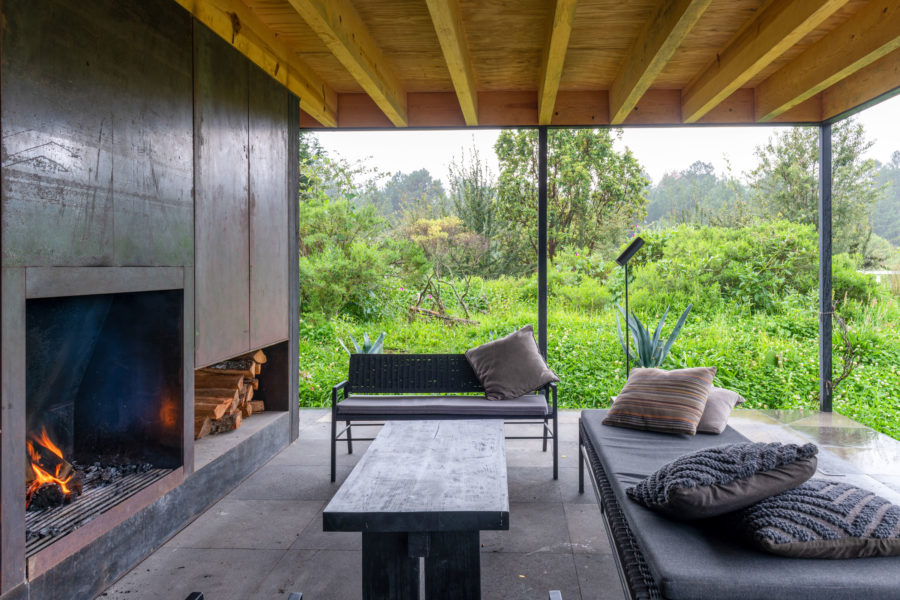
The Rain Harvest Home. Photo by Jaime Navarro
The main residence, situated on a raised concrete plinth, is designed as a pavilion that allows for outdoor use year-round. A perimeter of steel colonnades supports a floating green roof that shields the exterior living space below. “This really helped answer the question, how do you give people as much space to occupy while keeping it outside?” he says.
And rather than use concrete or masonry, as is typical in Mexico’s construction culture, RHA made the decision to construct entirely wood buildings. “This choice was made with the intention of building as light on the ground as possible and to reduce the carbon footprint of the project.”
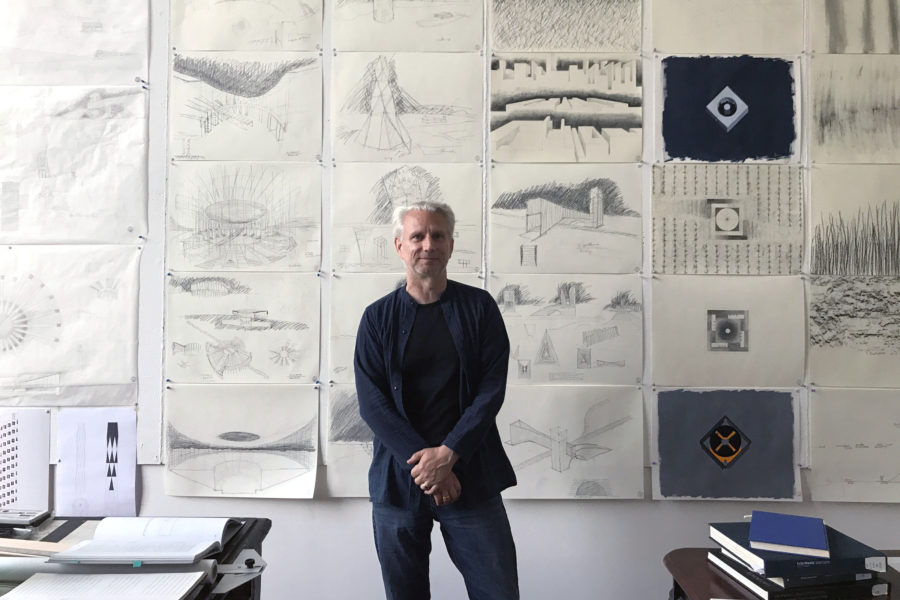
Robert Hutchinson leads RHA—an architecture and design firm in Seattle, specializing in projects that explore the relationship between elegance and economy. Photo by Jill Hardy
More importantly, RHA chose early on to collect and use all of the rainwater on the site and to ingrain this into the conceptual and experiential basis of the project. The onsite water treatment system is completely self-contained and gravity-fed. “It’s a big self-contained cycle,” Hutchison says. “But I think the most important thing we did was just not to treat it as a system but to treat it as an experience, really thinking about how rainwater could be a way of living on the site. It’s not just a metric; it’s about experiencing and being a part of the site. Because when it rains for six months, to be in the bathhouse when it’s raining is a pretty visceral experience.”

